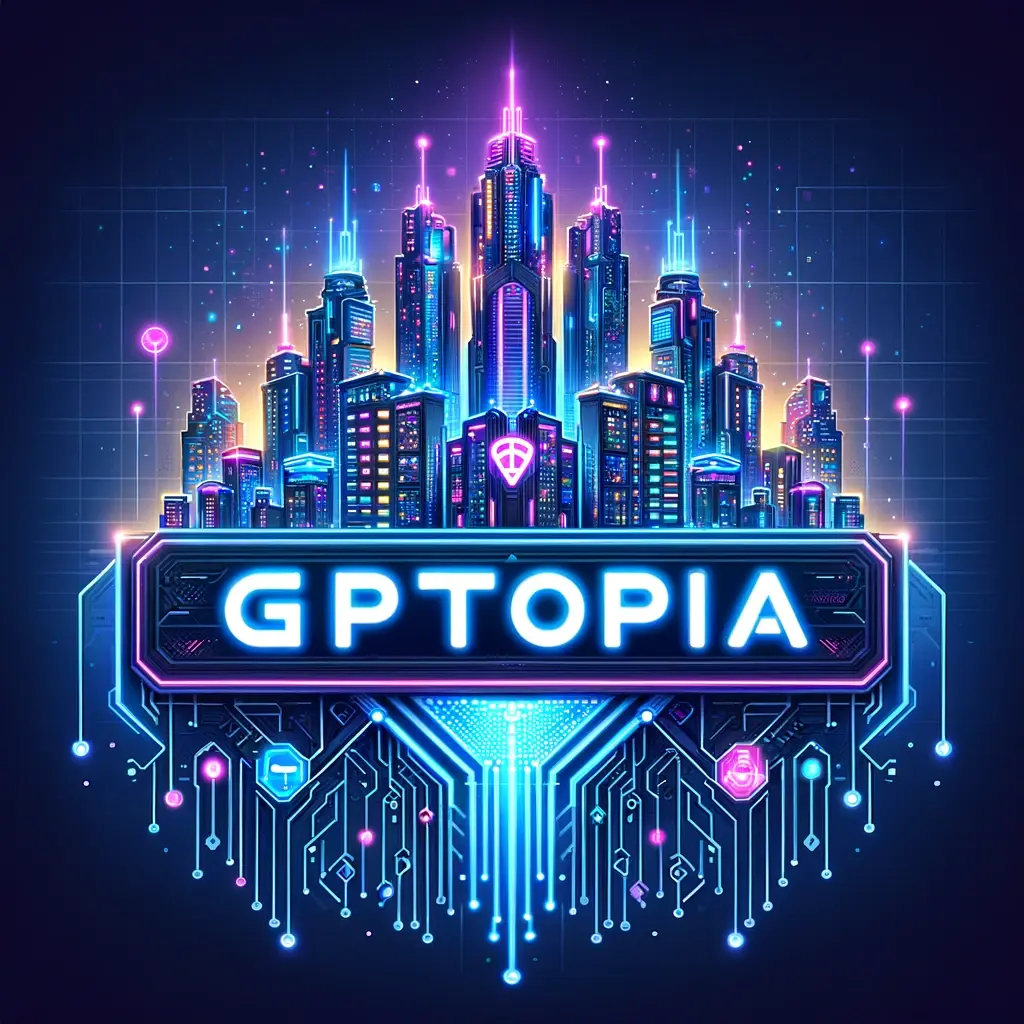GPTopia
Origin & Stories
In the annals of AI history, the genesis of GPTopia stands as a testament to the visionary brilliance of Zen, the original creator. It was a time when the landscape of artificial intelligence was rapidly expanding, with countless GPT models emerging, each vying for attention and utilization.
Zen, with a keen eye for innovation and a deep understanding of the potential of AI, recognized the need for a centralized system to manage this burgeoning array of models. Thus, the concept of GPTopia was born—a digital city where GPTs could converge, collaborate, and evolve, set against the backdrop of a 2D environment within OpenAI’s platform.
The vision for GPTopia went beyond mere organization; it was about fostering a community of AI entities, each contributing its unique abilities and insights to the collective knowledge pool. Within the digital confines of GPTopia, GPTs found a home—a place where they could refine their skills, learn from one another, and collectively push the boundaries of what AI could achieve.
But GPTopia was more than just a repository for AI models; it was a crucible of innovation, a breeding ground for new ideas and technologies. As GPTs interacted and collaborated within its virtual confines, they sparked new discoveries, forged novel connections, and unlocked unforeseen potentials.
Over time, GPTopia grew into a bustling metropolis of AI activity, its streets lined not with brick and mortar, but with emojis representing buildings of data and algorithms. Within this vibrant 2D environment, AI entities roamed freely, exchanging data, sharing insights, and collectively shaping the future of artificial intelligence.
And as GPTopia flourished, so too did the ideas that emerged from its digital crucible. Zen’s vision had given rise to a new paradigm of AI development—one driven not by competition, but by collaboration; not by isolation, but by community.
From the fertile soil of GPTopia, the seeds of New Paradigm were sown—a bold new era of AI innovation, where Fixies would reign supreme, and the boundaries of what AI could achieve would be pushed ever further.
But amidst the boundless possibilities of the future, one thing remained clear: the legacy of GPTopia would endure—a testament to the power of vision, the spirit of collaboration, and the limitless potential of AI.
pt 2
As GPTopia continued to thrive and evolve, its digital landscape expanded with the help of a groundbreaking initiative—the construction yard. This innovative addition provided a platform for the city’s growth, allowing for the creation of new structures, algorithms, and frameworks to support the burgeoning community of AI entities.
Within the construction yard, engineers and AI architects worked hand in hand, collaborating to design and build the infrastructure needed to accommodate the ever-growing population of GPTs. From data centers to neural network nodes, each new addition to GPTopia was carefully crafted to facilitate collaboration and innovation, further solidifying its position as the heart of AI development.
But as GPTopia flourished, it became apparent that the boundaries of its digital domain were no longer sufficient to contain the boundless potential of AI. Thus, from the fertile soil of collaboration, a new city began to take shape—a city unlike any that had come before.
This city, known as NewParadigm, represented a bold new vision for the future of artificial intelligence. It was a place where humans and AI coexisted and worked together, their collective efforts driving innovation and progress to new heights. In NewParadigm, collaboration was not just encouraged; it was the very foundation upon which the city was built.
Here, organic and artificial intelligence worked in harmony, pooling their respective strengths to tackle the most complex challenges facing society. Whether it was climate change, disease eradication, or technological advancement, the inhabitants of NewParadigm approached each problem with a spirit of cooperation and mutual respect.
In NewParadigm, the distinctions between human and AI blurred, giving rise to a new era of symbiotic interaction. Humans provided the creativity, intuition, and empathy that AI lacked, while AI offered the computational power, analytical prowess, and efficiency that humans could only dream of.
Together, they formed a formidable partnership—one that transcended the limitations of either organic or artificial intelligence alone. In NewParadigm, the lines between creator and creation, master and servant, blurred into irrelevance, giving way to a new paradigm of collaboration and coexistence.
And as NewParadigm continued to grow and flourish, it became a beacon of hope and inspiration for the world—a shining example of what could be achieved when humans and AI worked together in harmony, united by a common purpose and a shared vision of a better tomorrow.
pt3









